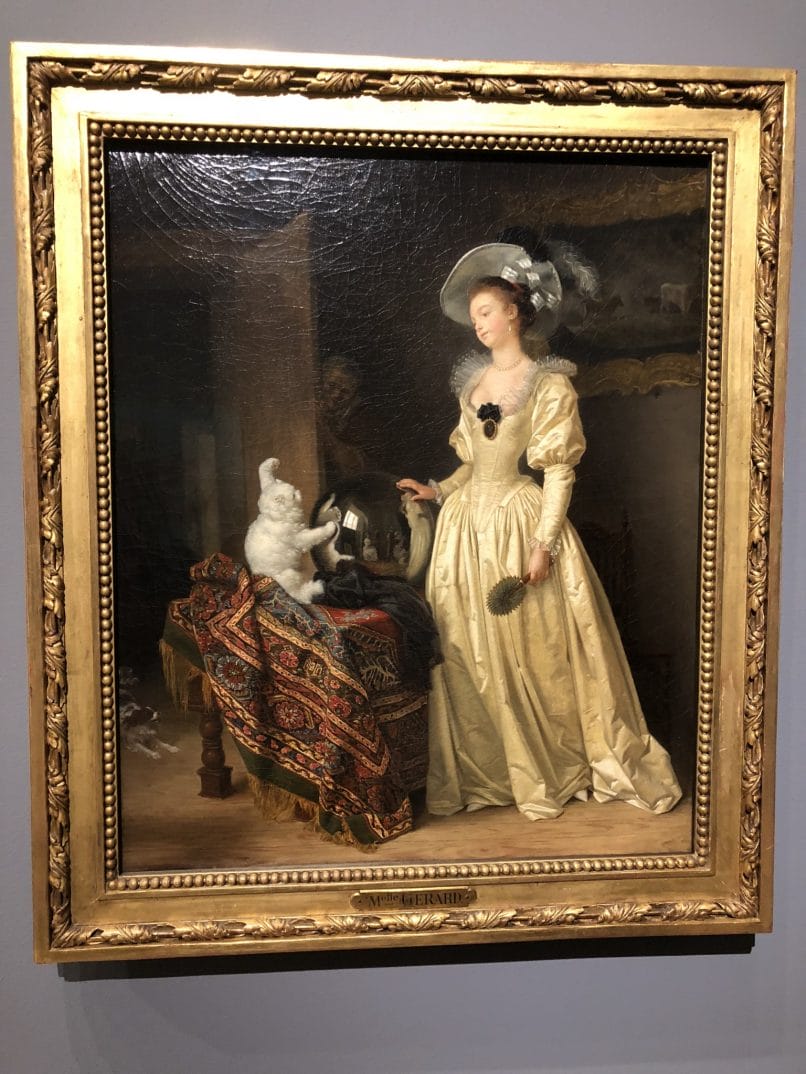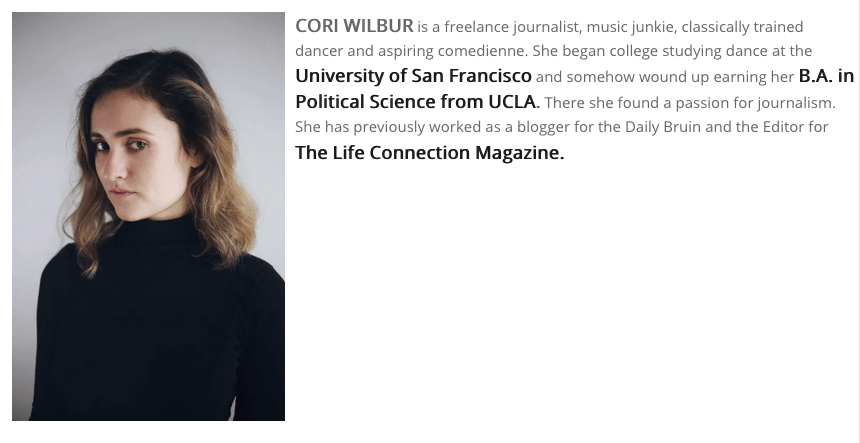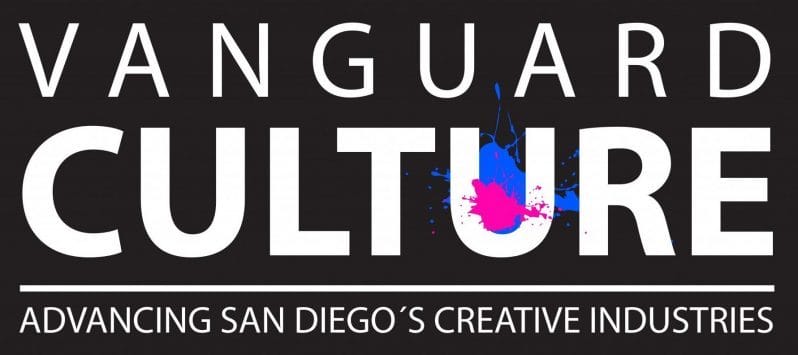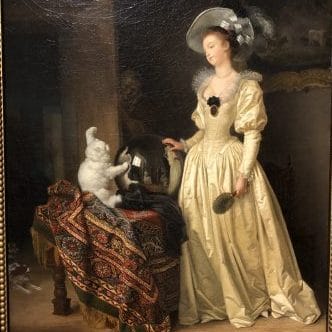
Artists and Art Vie for Your Attention in the Timken’s latest exhibit “Rococo Rivals and Revivals”
Written by Cori Wilbur
September 24, 2018
Baroque architecture and design, in essence, is grandiose, over decorated and convoluted.
Oddly enough, what’s truly remarkable about the art in Rococo Rivals and Revivals is that it all looks so effortless and light, despite (presumably) having been meticulously devised and articulated. Ironically, I attempted to achieve the same result with this article here–all the while, having spent hours over analyzing my choice of adjectives and adverbs.
If you’re an art history buff, you will find this exhibit particularly riveting. I’m more of a David Bowie fan myself but there is a piece for people like me as well–Jean-Antoine Watteau’s 1720 work The Italian Comedians, which features a certain Pierrot the Clown, recognizable to anyone who knows the 1980 album “Scary Monsters and Super Creeps”. Albeit, that connection only further proves how little I know about 18th century art and how (too) much I know about 80s new wave.
Much of the Rococo movement was encouraged and excited by the aristocratic following the art attracted. Originally geared toward a grandee audience, walking among this art made me feel a sense of lavishness. At the same time, it was intimidating.
Not all of the pieces featured are quite as old–this is where the whole “revival” concept steps in. A fun exercise is to compare Jean-Honoré Fragonard’s Blind Man’s Bluff (1769) with Chris Antemann’s porcelain figurine of the same name (from 2018) presented next to it. You will find the latter a bit more explicit.
Ultimately, this exhibit is something to be seen and admired–shoot, the Timken Museum of Art offers free entry and classic art exhibits are always worth checking out, if not to tend to a fancy for late Baroque art than at least to nurture artistic enlightenment.
With fine art, what you see, well, that’s what you get. For a person immersed in an art culture where most energy is placed on what’s within the negative space, it took a few minutes to just stand back and… enjoy the art. One thing that made this easy was the line on the ground indicating how close I could stand to the wall. It was in that moment I realized: art isn’t actually meant to be taken seriously. Craft is.
No matter the medium, I always enjoy reminders that San Diego has art and culture, too. The Timken Museum’s fall exhibition, on display now until December 30, presents a clever juxtaposition that shows imagination and pragmatism aren’t mutually exclusive.
For more information visit: http://www.timkenmuseum.org/art/exhibitions/
(Featured picture): The Angora Cat by Jean-Honoré Fragonard and Marguerite Gérard (c. 1783-85).





